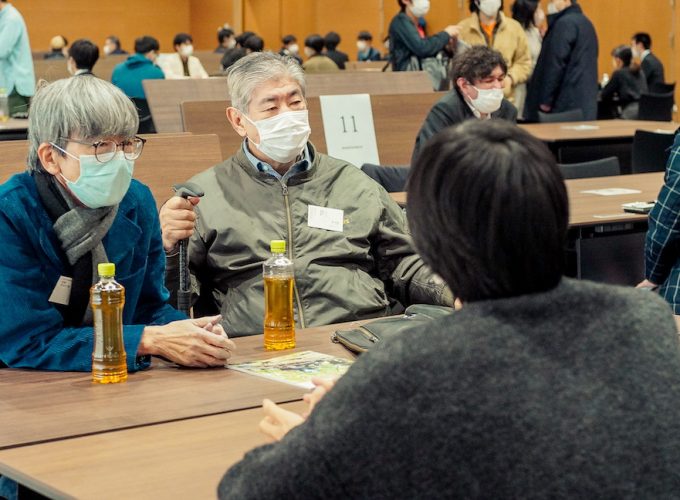Faculty of Engineering’s Capstone Project Garners Corporate Attention
Jan 26, 2023
EngineeringAccording to public news sources, the Capstone Program at the KUAS Faculty of Engineering has been garnering corporate attention.
In this program, teams of students choose from one of the many companies partnered with KUAS, discuss solutions to problems presented by company representatives, run testing and analyses, and then finally propose their project to professionals at real companies. As many predict that this project will find promising students and introduce new ideas, more than 100 companies have shown interest in participating in the Capstone Program.
“More than 100 companies are interested. We hope to increase the number of partner companies in fiscal 2023,” says Dean Tabata.
On January 11th, the students from the first KUAS Capstone Project completed their six-month itinerary. The program is designed to educate student teams on actual problems that occur in companies and how to work together to create solutions to those problems.

This year’s Capstone Project saw just under 100 students participating and receiving guidance from 11 local companies, including Shimazu Corp., Rohm Corp., SCREEN Holdings Inc. and Nidec Corp.
Dr. Osamu Tabata, Dean of the KUAS Faculty of Engineering, commented, “In normal university research, many students are involved in part of the professor’s research.” We adopted a practical approach in which the instructors held discussions with the students about once a week and followed them closely. “This program teaches the importance of teamwork, the difficultyーand funーof creating something. This paves the way for these students to undergo remarkable growth,” recalls a Shimadzu representative who participated as an instructor.
“Besides the springs, pins and bolts, everything was made by us,” stated Naoto Nitta, a third-year engineering student at KUAS. At the request of Castem, a company involved in 3D printing, he and three team members manufactured “jigs that can hold objects of various shapes.” The entire process, which included drawings, learning how to use equipment to cut metal, and buying components, took about six months. “It took us about 200-300 tries to meet the standards of our instructor,” says Nitta.

Communicating in English is another feature of the program. From the second class onwards, one-third of the participants will be international students. “Every team will have an international member, similar to R&D teams at many major companies,” commented Dean Tabata.